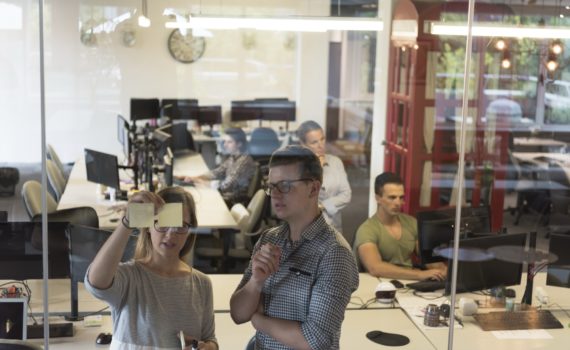
New Workforce Normal Is For Now Only
Is there a new workforce normal? If yes, what does it look like?
If you haven’t seen any change, you’re still not accepting reality in 2020.
How is our current normal affecting the workplace and the workforce?
Welcome the New Fleet
There is an entirely new fleet of WFH (work from home) employees, and they aren’t going back to the traditional office any time soon. Never is a strong word, but it may be true for some operations.
Some aspects of the conventional workplace will continue. Manufacturing sectors, healthcare sectors, and retail, distribution, and many of the service sectors.
What will happen for the new office space? Will it be bigger with more people spread out, or simply smaller with large chunks of the workforce working from home?
There is no doubt that what is happening now depends largely on the nature of the work to be performed. Conditioned of course by the fear of the Coronavirus pandemic.
It’s change.
Navigating Change
Large scale and rapid change really isn’t anything new. It’s just that we often engage by choice instead of by force. There has been a lot of change in the past two centuries and many suggest that the pace of change is much faster. Perhaps that is true.
What’s next and what does the new normal look like?
The new normal looks like any other new normal. It’s change.
Change brings about uncertainty, uncertainty means fear.
Change happens and people transition.
There are some common themes to the stages of transition. It may start with shock, denial, and maybe some anger. In the middle of a change event people are often confused, stressed, and skeptical. As the transition moves on, acceptance begins and new expectations develop.
There is a new status quo.
New Workforce Normal
Change is constant and, in most cases, the new status quo only lasts for a short while.
Everyone operates in the now.
Before automobiles, the horse and buggy travel was the now. Before personal computers, typewriters were the now. We can cite lots of technological changes. Radio, television, cellular, satellite, and digital everything just to name a few.
What is the new workforce normal?
It is the now.
Look around you to see what’s happening.
Are some or nearly all employee teams working from home? You can expect that to continue for now.
Are members of the workforce social distancing and wearing masks some or most of the time? Expect it to continue for now?
Are services you provide or receive experiencing more and more technology driven accommodations? Expect it to continue.
The new workforce normal is what is happening right now.
Seize the moment.
-DEG
Dennis E. Gilbert is a business consultant, speaker (CSPTM), and culture expert. He is a five-time author and the founder of Appreciative Strategies, LLC. His business focuses on positive human performance improvement solutions through Appreciative Strategies®. Reach him through his website at Dennis-Gilbert.com or by calling +1 646.546.5553.













